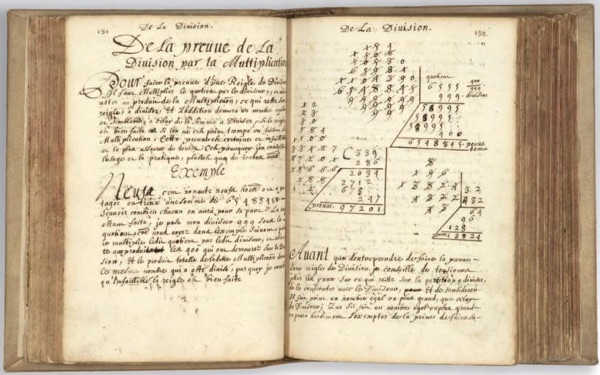PGCD et PGCM
![]()
![]()
Coefficients de Bezout : ![]()
Théorème de Gauss : ![]()
Équations diophantiennes : Soient ![]() , l’équation
, l’équation ![]() possède des solutions dans
possède des solutions dans ![]() si et seulement si
si et seulement si ![]() .
.
Méthode de résolution : Soit ![]() ,
, ![]() et
et ![]() . L’équation devient :
. L’équation devient : ![]() , avec
, avec ![]() .
.
On résout l’équation ![]() . Les solutions sont de la forme
. Les solutions sont de la forme ![]() , où
, où ![]() est une solution particulière. Il suffit ensuite de multiplier les solutions par
est une solution particulière. Il suffit ensuite de multiplier les solutions par ![]() .
.
Autres propriétés
Tout entier supérieur ou égal à 2 possède au moins un diviseur premier.
Soit ![]() , non premier, alors
, non premier, alors ![]() possède un diviseur premier
possède un diviseur premier ![]() tel que
tel que ![]() .
.
Soit ![]() un nombre premier.
un nombre premier. ![]() tel que
tel que ![]() alors
alors ![]() .
.
CONGRUENCES
![Rendered by QuickLaTeX.com \[ a \equiv b \pod n \implies \begin{cases} a + c \equiv b + c \pod n \\ ac \equiv bc \pod n \\ a^p \equiv b^p \pod n \end{cases}$ \]](http://www.rozenblum.com/wp-content/ql-cache/quicklatex.com-d990b4f7f5f4adaca19f5d34a46e6edc_l3.png)
Petit théorème de Fermat : ![]() premier ne divisant pas
premier ne divisant pas ![]() , alors
, alors ![]() .
.
Si ![]() divise
divise ![]() alors
alors ![]()

